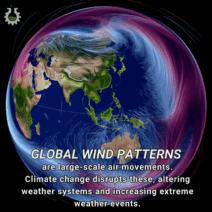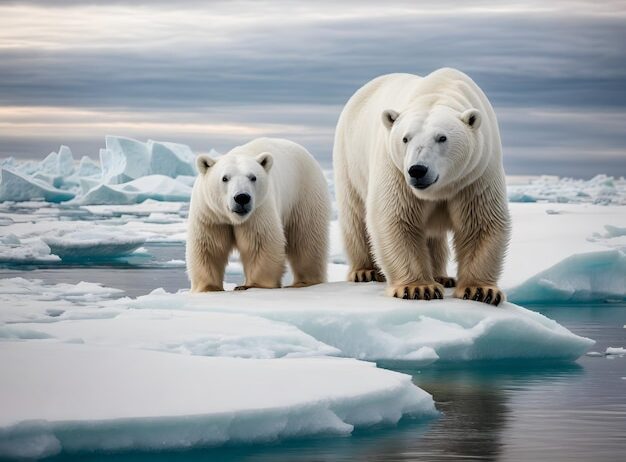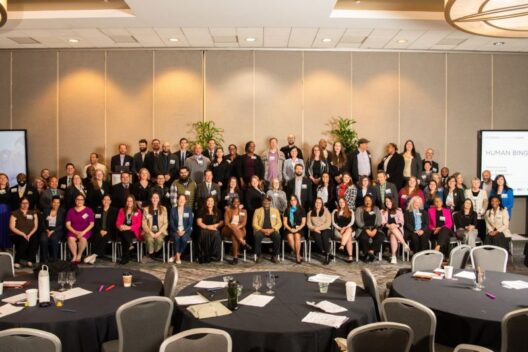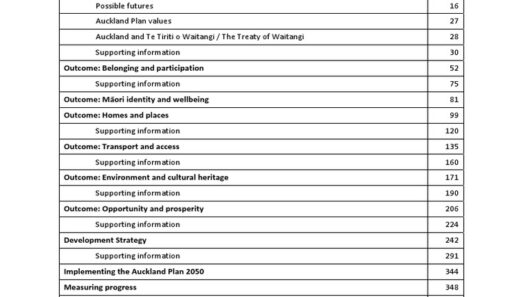As the Earth’s climate continues to shift inexorably, one of the most poignant and alarming manifestations of this change is occurring in the Arctic region, particularly affecting polar bears and their habitats. The Arctic, often viewed as a remote and resilient landscape, is now a stark bellwether for the broader impacts of global warming. The transformations occurring in this delicate ecosystem serve as a chilling reminder of the vulnerabilities inherent in our planet’s climatic systems.
Global warming is primarily driven by the accumulation of greenhouse gases, such as carbon dioxide and methane, in the atmosphere due to human activities. As temperatures rise, the effects on polar habitats are both immediate and far-reaching. The warming climate leads to the melting of sea ice, which is crucial for the survival of polar bears, among many other species. The sea ice acts as a platform for hunting seals, their primary prey. Without it, these apex predators face increasing difficulties in securing food, which ultimately threatens their survival.
Melting sea ice is not merely an environmental issue; it embodies a complex web of ecological consequences. As the ice diminishes, the albedo effect diminishes as well. This effect refers to the reflection of sunlight off of ice surfaces back into space. When ice melts, darker ocean waters are exposed, absorbing more sunlight and exacerbating warming in a vicious cycle. This not only accelerates ice melt but also affects ocean temperatures, leading to further shifts in marine biodiversity.
In addition to the immediate threat to polar bears, global warming is altering the entire Arctic ecosystem. Species that are reliant on ice-covered regions, such as seals, walruses, and certain migratory birds, face unprecedented habitat loss. Changes in temperature and ice cover disrupt migration patterns, breeding cycles, and food availability, resulting in detrimental impacts at multiple trophic levels. The interconnectivity of the Arctic ecosystem means that no species is insulated from these changes.
Moreover, the melting ice influences global weather patterns. The Arctic plays a critical role in regulating the Earth’s climate system. As the ice diminishes, there is growing concern about the release of previously trapped greenhouse gases. Permafrost, which is frozen soil found in polar regions, contains vast amounts of methane. As it thaws, this methane is released into the atmosphere, creating feedback loops that further exacerbate warming trends. The ramifications can extend far beyond the Arctic, influencing climate conditions worldwide.
The socio-economic repercussions of climate changes in the Arctic are equally alarming. Indigenous communities that depend on traditional practices and the land for their livelihoods are witnessing transformative changes. Hunters find their routes altered and their prey scarce, while coastal towns face increased erosion and flooding due to rising sea levels. The cultural identity and resilience of these communities are intricately tied to the land, and as the environmental landscape shifts, so too does their way of life.
Global warming in the Arctic also has significant implications for global maritime activity. The reduction in sea ice opens up new shipping routes, which, while economically enticing, pose environmental threats. Increased shipping can lead to oil spills, pollution, and disturbances to marine life. The potential for resource exploitation, such as oil drilling and mineral extraction, raises ethical questions about the balance between economic development and environmental conservation. The Arctic is not just a resource frontier; it is a vital component of the Earth’s environmental systems.
On a global scale, addressing climate change requires comprehensive action. Mitigation strategies must prioritize reducing greenhouse gas emissions and protecting fragile ecosystems. The significance of international cooperation cannot be overstated. Agreements such as the Paris Accord serve as frameworks for countries to collectively address climate change, yet the implementation of these pledges remains a challenging obstacle. Each nation bears a responsibility to ensure environmental stewardship, highlighting the need for collective action beyond national interests.
Education and awareness are essential for fostering a more sustainable future. Public outreach initiatives can help elevate the urgency of climate issues affecting the Arctic and beyond. Engagement through various platforms, including media, social networks, and grassroots campaigns, can inspire individuals to take action, whether through personal lifestyle changes or advocacy for policy reform.
The plight of polar bears serves as an alarm bell, urging humanity to confront the realities of climate change with resolve. Individuals and organizations can mobilize efforts to conserve energy, adopt renewable sources, and reduce waste, all of which contribute to lowering one’s carbon footprint. The message is clear: The Arctic’s transformation is a harbinger of more drastic changes if society fails to address the root causes of global warming.
In conclusion, the ongoing metamorphosis of the Arctic’s polar habitats due to climate change is a multifaceted challenge that encompasses ecological, sociopolitical, and economic dimensions. The plight of polar bears epitomizes the broader environmental shifts we face as a species. As stewards of the Earth, it is imperative to acknowledge these challenges and work collaboratively towards sustainable solutions that preserve the planet for future generations. The time for action is now, for the Arctic is sounding its alarm.






